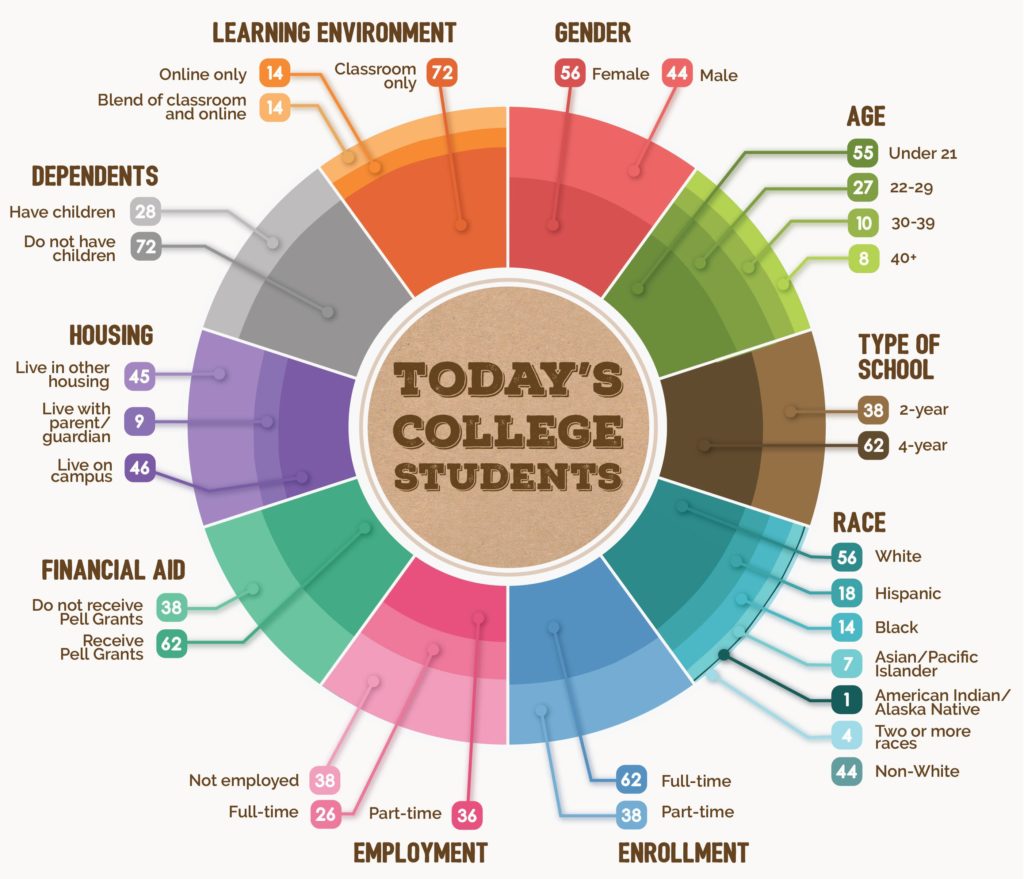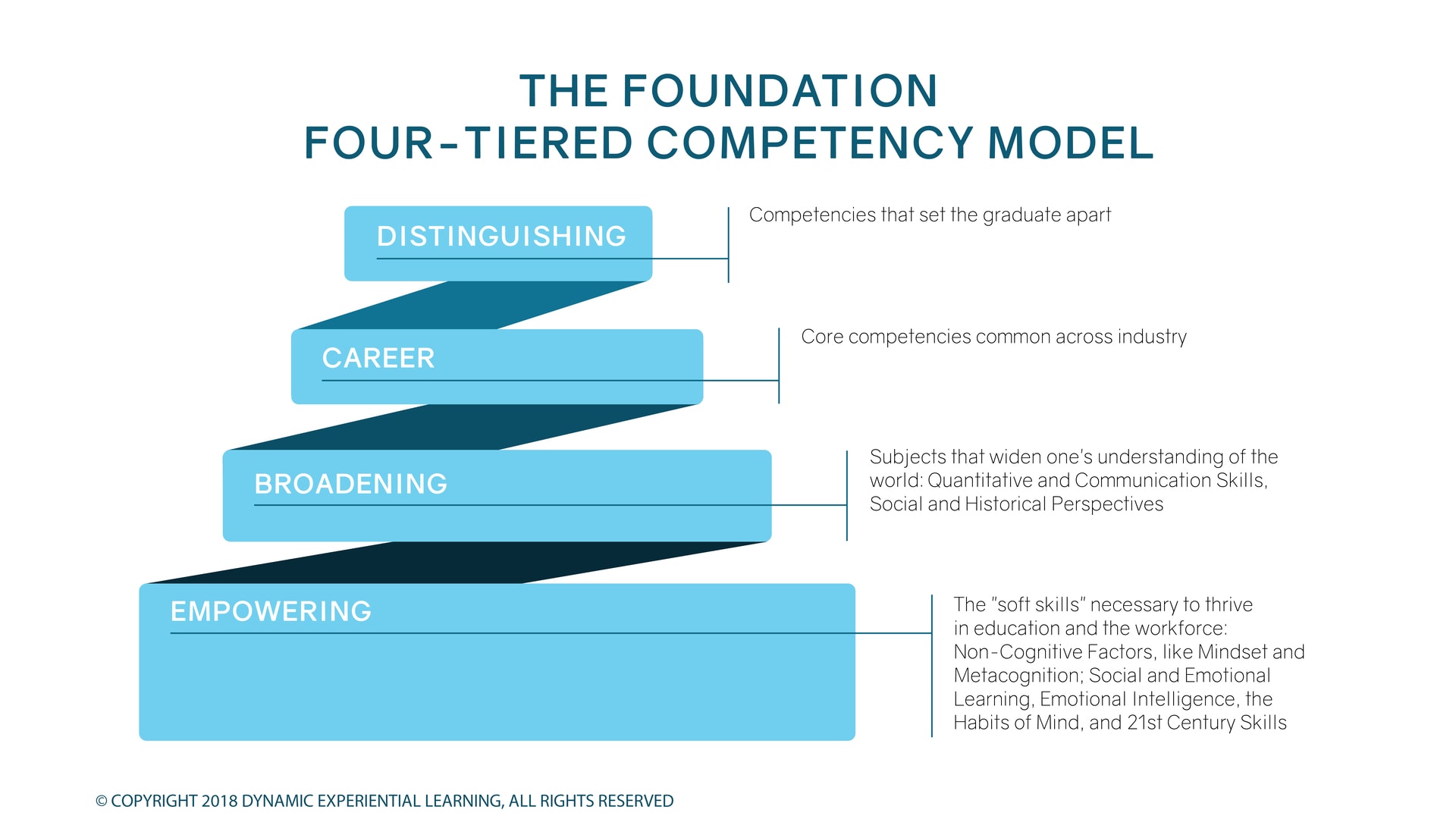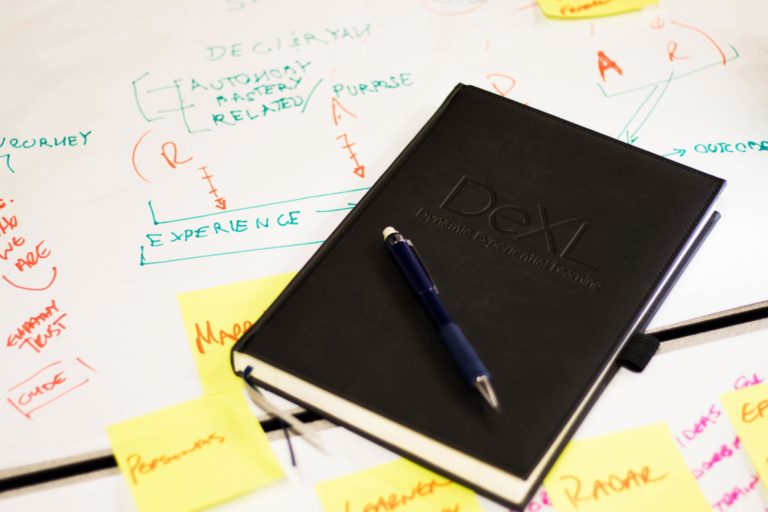Four P’s that Guide us to Online Learner Success
What’s this DeXL thing all about? It’s staying focused on THIS STUFF MATTERS. Consider the words of Ralph Waldo Emerson in his poem “Success.”:
What is Success?
To laugh often and much;
To win the respect of intelligent people
and the affection of children;
To earn the appreciation of honest critics
and endure the betrayal of false friends;
To appreciate beauty;
To find the best in others;
To leave the world a bit better, whether by
a healthy child, a garden patch
or a redeemed social condition;
To know even one life has breathed
easier because you have lived;
This is to have succeeded.
Let us hope that we succeed in explaining DeXL so that we “…win the respect of intelligent people…[and] the appreciation of honest critics…”
So, what say we peak under the hood of DeXL and find out what makes it run?
We’re guided by “the Four P’s,” all focused on “the right element, in the right format, in the right place, at the right time, that’s right for the learner” to improve the student experience, performance and outcomes:
Perspective
This is the foundation, the instrument through which we view the world. Simply put, we use both a telescope for the big picture and a microscope for the small STUFF THAT MATTERS. And, what do we point our devices at? Cognitive psychology, learning science, the customer service experience and journey (we’re big fans of Joseph Campbell), and evidence-based practices, to name a few.
Principles
This is what we believe, what drives us. We have five – RADAR:
- Respect the Student’s Complex Life
Today’s college population is increasing diverse by a number of important demographic measures. As the infographic from the Bill and Melinda Gates Foundation shows, these students have complex, challenging personal lives (28% have children, 62% receive Pell Grants and 45% are older than 21) and they work (62% are employed). How can the process of education adapt to respect these facts?

- Awaken Student Awareness
What are those “beneath the surface” factors that are critical (but often ignored) to college success? Think mindset and metacognition. These tie to the empowering level of our Four Tier Competency Model (vide infra, Practices) - Develop Community
We’re constructivists and connectionists, and we like the Community of Inquiry approach to education and the Community of Practice for faculty and administration. We think that a sense of belonging matters, and that a school benefits from a robust, diverse, cooperative, collaborative community that includes administration, faculty, coaches, peers, employers, and family. Perhaps one day we’ll even be able to relate learning to community-induced changes in the genome (it seems to be a real thing – check out “social genomics.”) - Apply Effective Learning Techniques
Wow – this is where the rubber meets the road. Cognitive science meets customer experience meets technology meets social learning. We’ll be talking about this in future posts. - Reward Performance
Sure, intrinsic motivation is the ultimate goal, but recognition for achievement is important and motivating to both the individual student and to the community.
Each of these Principles will be covered in future blogs. We have LOTS to say about these!
Practices
How do we operationalize our Principles to deliver realistic, effective experiential learning? Authentic content and activities that enable students to liberate their innate greatness as valuable and respected family members, employees and citizens. We’re at 25 high level general practices (such as peer mentors and social learning), each with specific implementation parts and processes.
One great example of a practice is how we approach competencies. Bloom’s might be necessary (or is it? That’s a topic for a later post), but is it sufficient? We don’t think so. We’ve developed a four-tier competency model that enables us to have “the right element, in the right format, in the right place, at the right time, that’s right for the learner.”

- Distinguishing
The unique, relevant, differentiating competencies that align with a profession. For example, a healthcare administration graduate who also can apply quantitative methods like R and data visualization to analyze an enterprise. - Career
Competences that are common to all employment environments: How to conduct a meeting, how to write a concise email, how to collaborate on a project, how to present to a diverse audience. - Broadening
Content, like quantitative and communication skills and social and historical subjects, that widens the student’s understanding of the world, develops the skills of responsible citizenship, and helps them “make sense” of complex events. - Empowering
The basis or foundation of responsible behavior and learning. This tier includes non-cognitive factors, like mindset and metacognition, social and emotional learning components like social awareness and relationship management, the habits of mind, and the “21st century skills.”
Performance
Are our predictions correct? Have student outcomes or performance improved? We use analytics to evaluate what’s working and suggest where and how improvements can me made. After all, “if you can’t measure it…” Wait, no, that’s wrong. Deming said just the opposite: “It is wrong to suppose that if you can’t measure it, you can’t manage it – a costly myth.”
